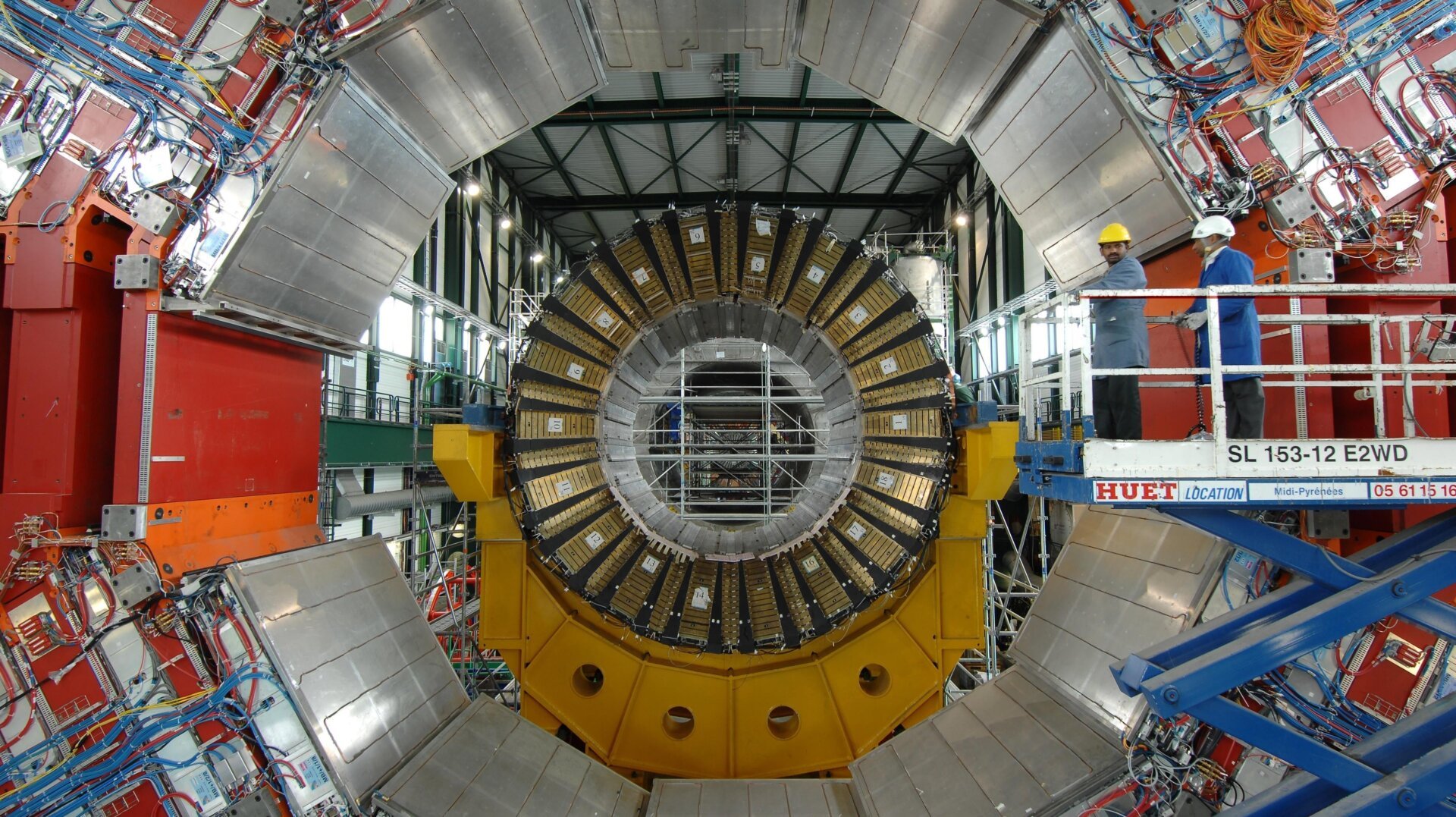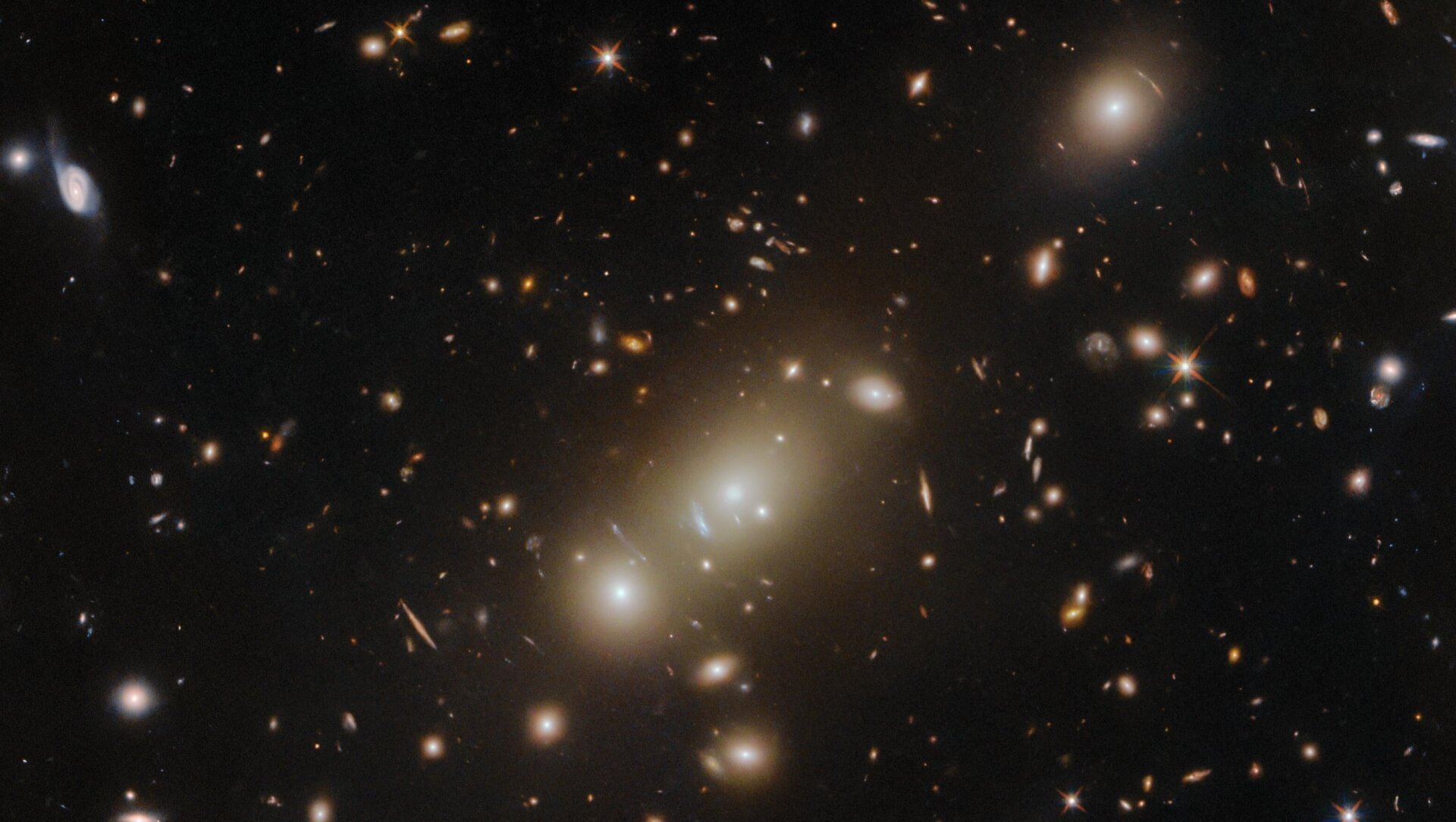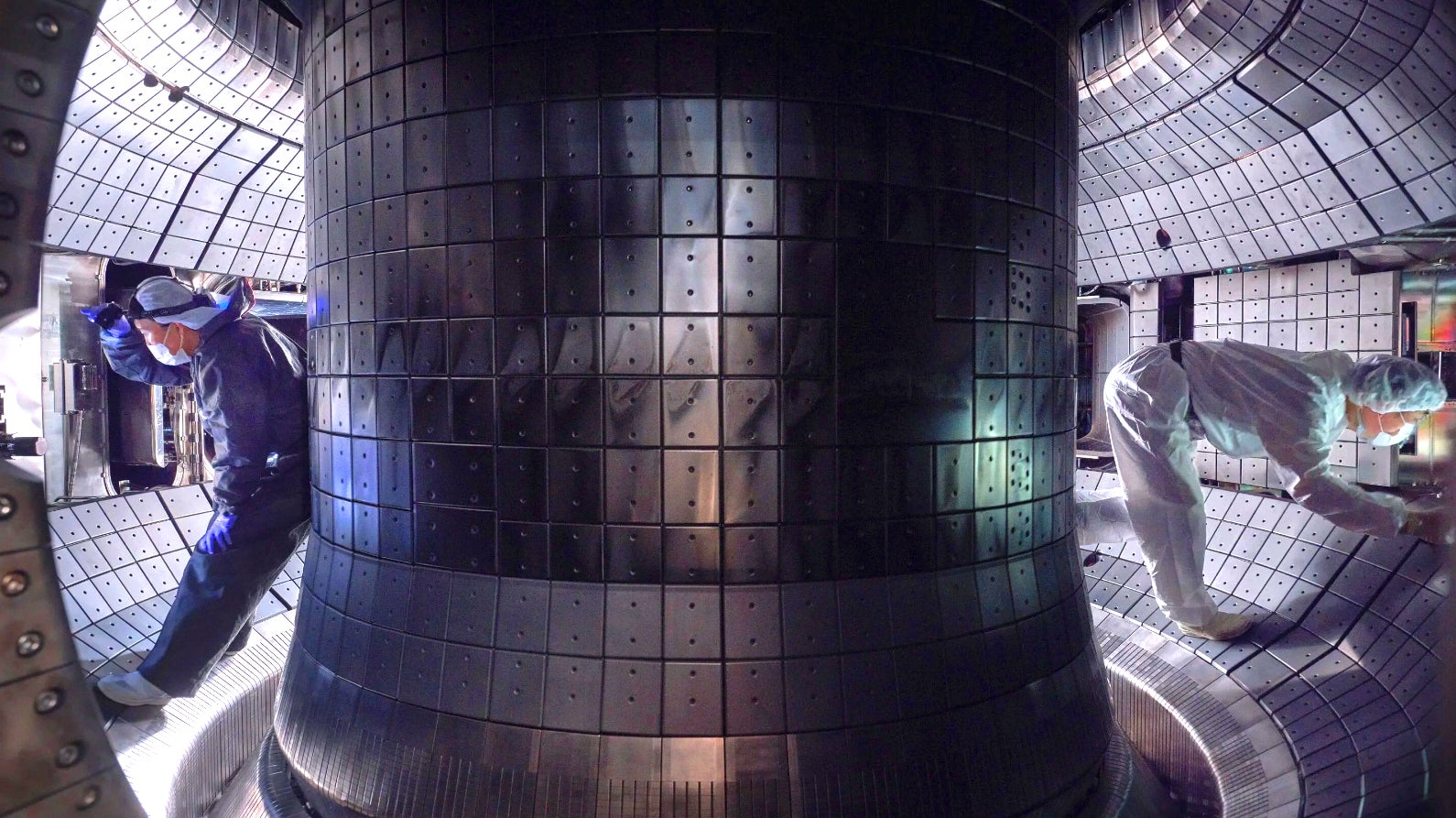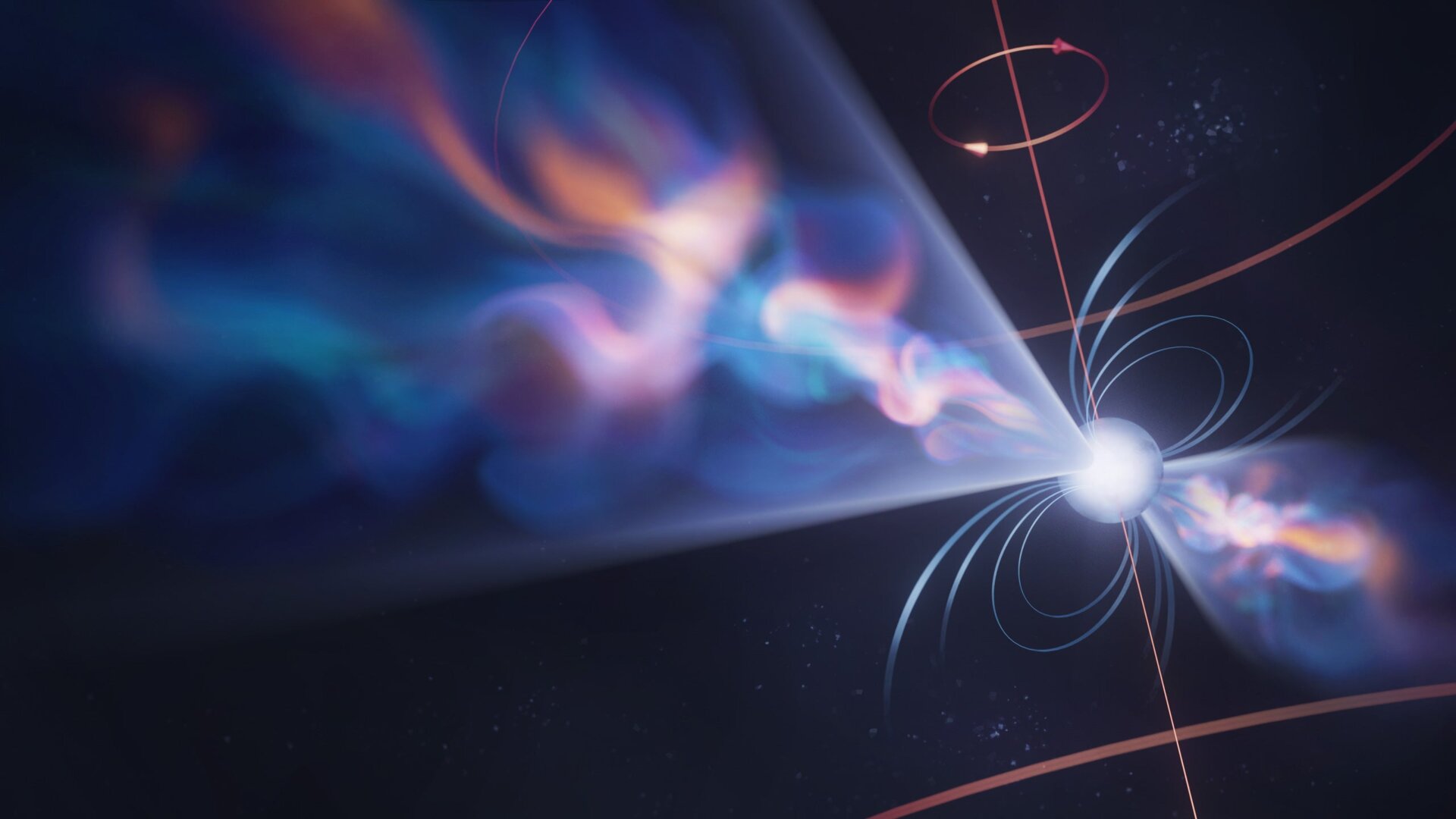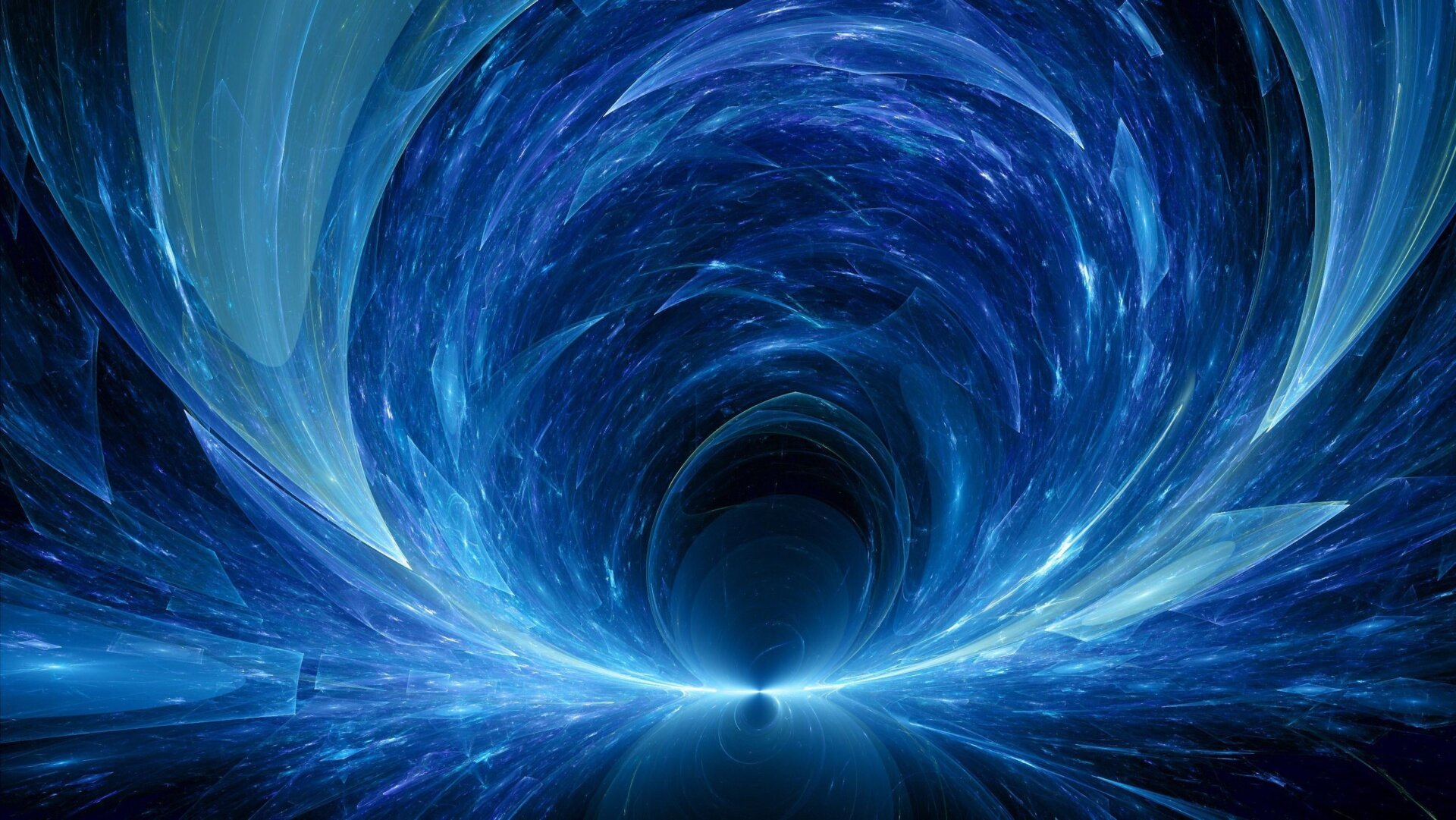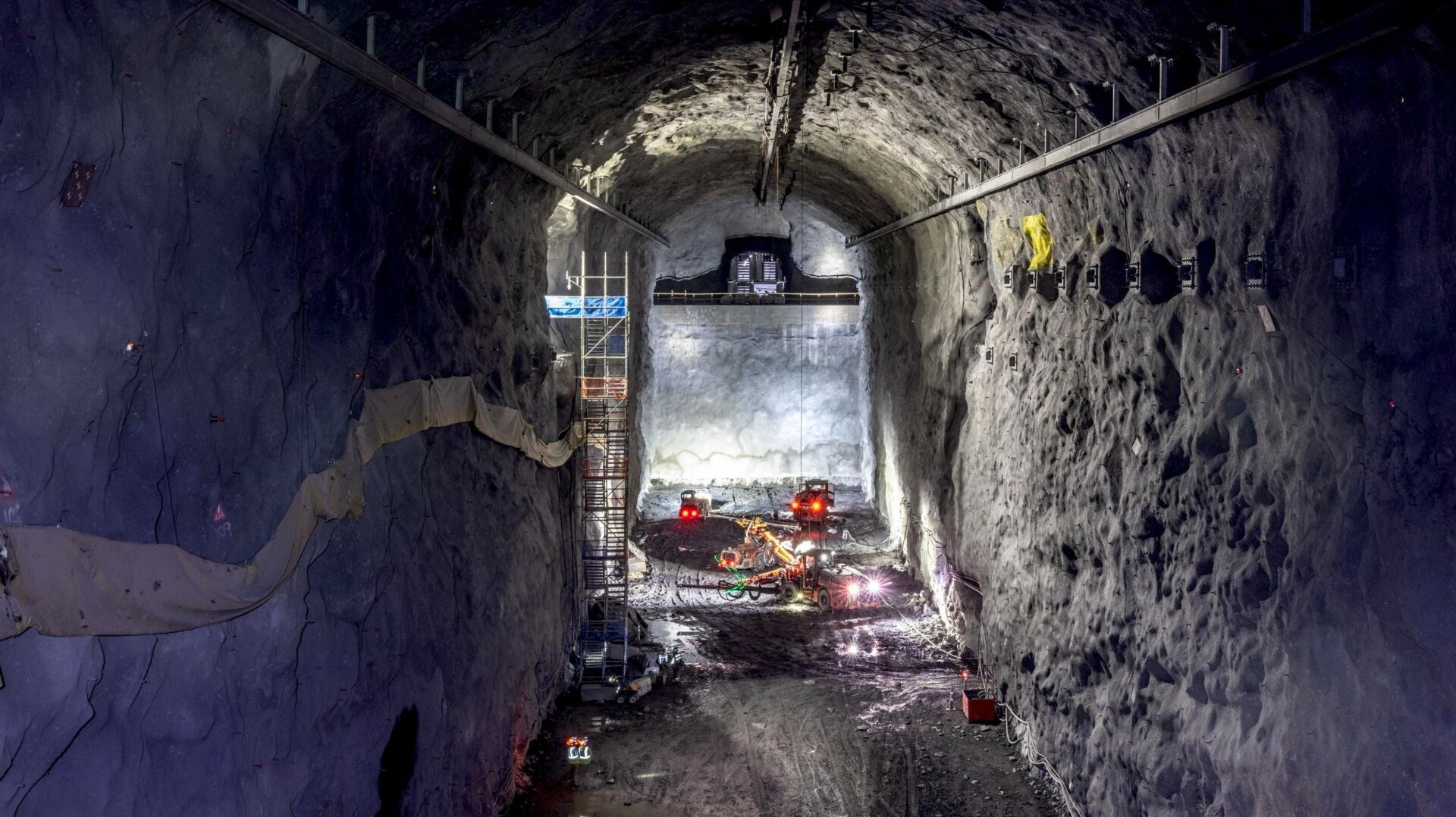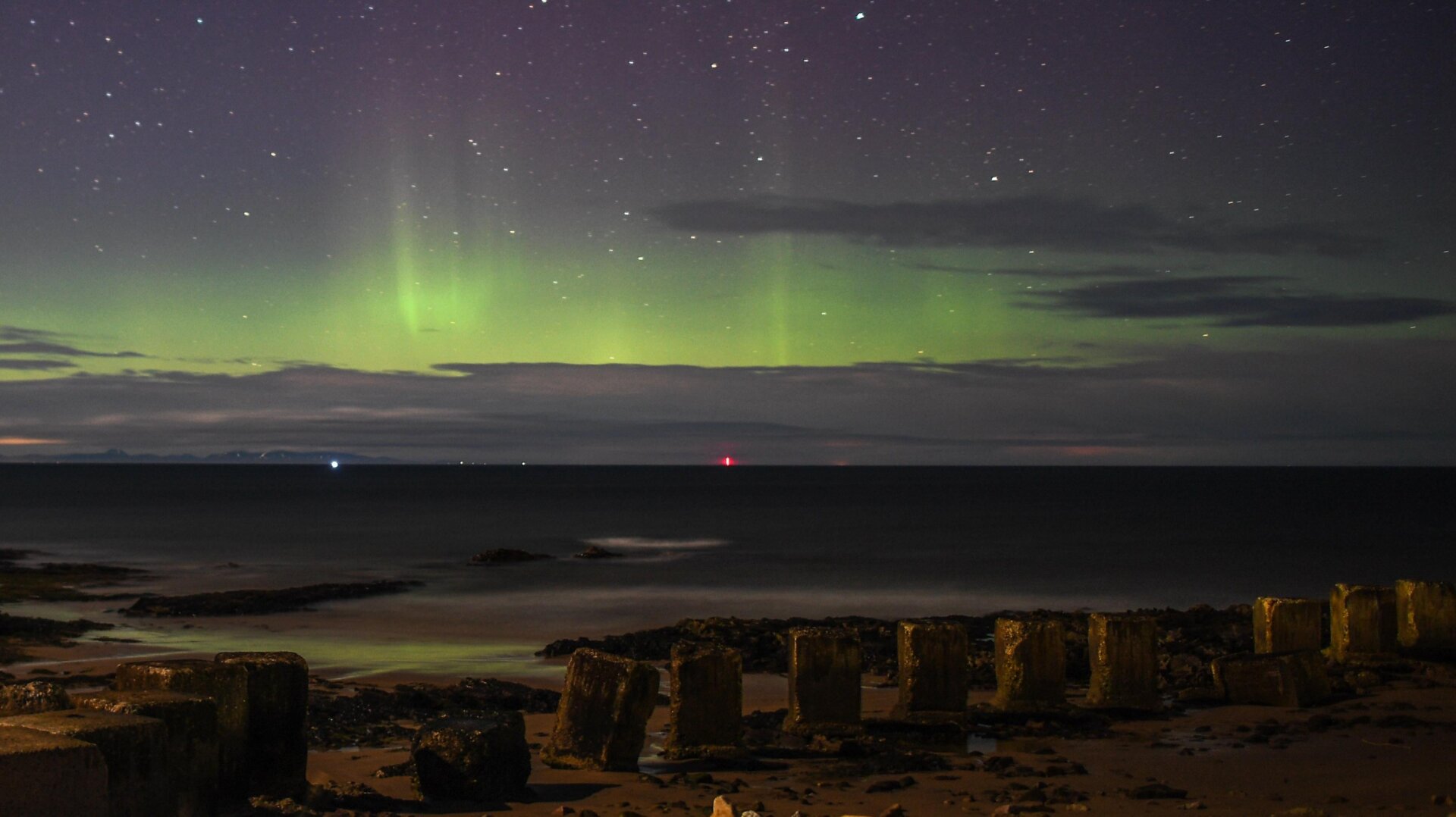CERN’s Compact Muon Solenoid (CMS) experiment has released its latest findings in the ongoing quest for the elusive dark photon, a hypothetical particle that could hold the key to understanding dark matter. These preliminary results, recently published, detail the search for this long-lived exotic particle.
Dark photons, also known as hidden photons, differ from ordinary photons (particles of light) in a crucial way: they are theorized to possess mass. This characteristic makes them a leading candidate for explaining dark matter, the mysterious substance that makes up a significant portion of the universe’s mass but remains undetectable by conventional means. Its presence is inferred only through its gravitational effects on visible matter.
The CMS team at CERN is working to change this. Similar to other experiments at the facility, the search for dark photons involves studying the decay of the Higgs boson, the elementary particle discovered in 2012 after being theorized in the 1960s. The hypothesis is that Higgs bosons decay into dark photons, which subsequently decay into displaced muons. The CMS Collaboration is focusing on narrowing down the parameters under which this decay process might occur.
The Large Hadron Collider (LHC) began its third run in July 2022, boasting an increased capacity for particle collisions compared to previous runs. This enhanced capability provides the CMS experiment’s trigger, the algorithm that identifies interesting collisions, with a larger dataset to analyze. Consequently, there are more opportunities to detect displaced muons, the potential signature of dark photons.
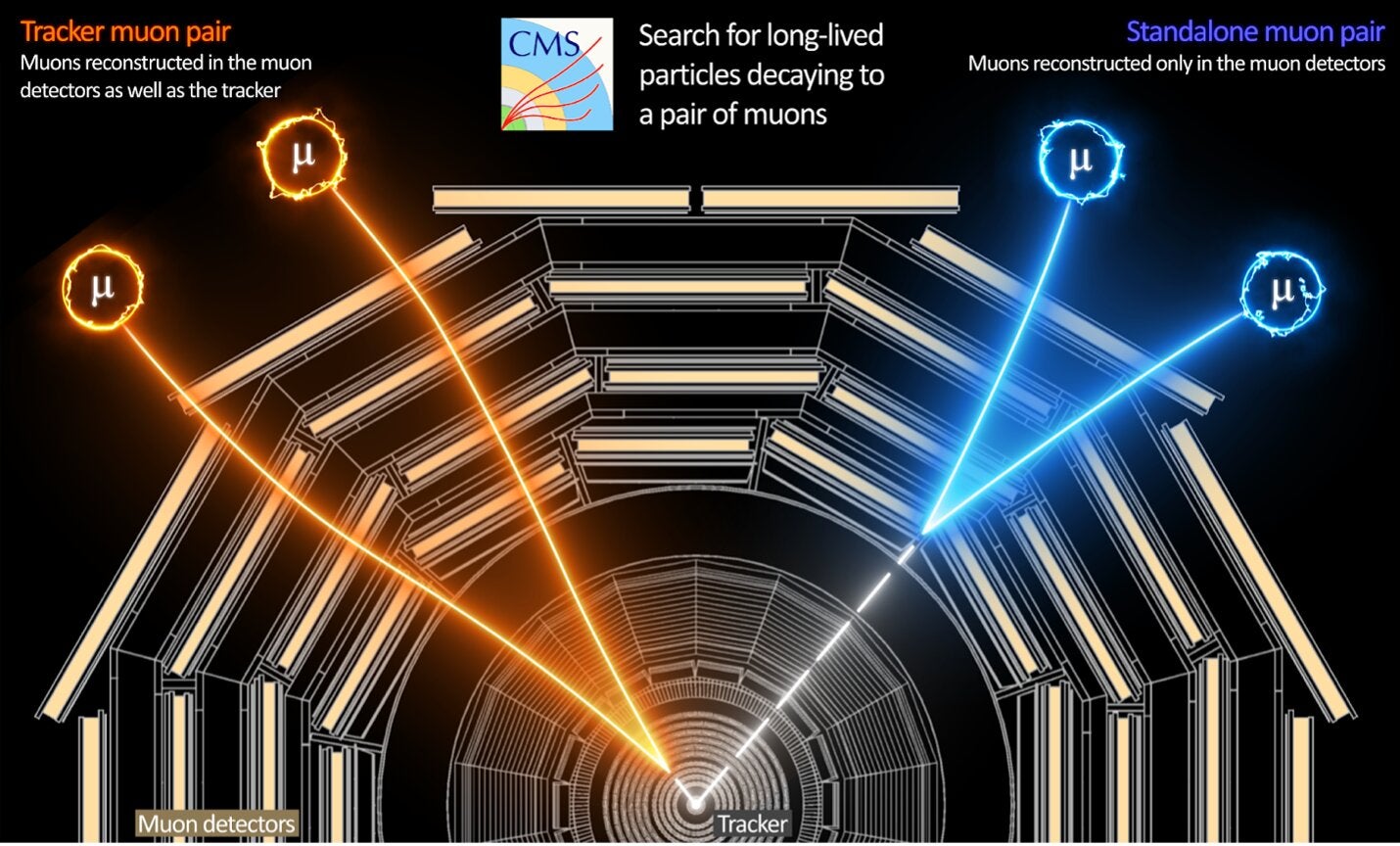 A graphic showing how muons’ signals can be traced back to the long-lived particle decay points. Graphic: CMS/CERN
A graphic showing how muons’ signals can be traced back to the long-lived particle decay points. Graphic: CMS/CERN
“Our ability to trigger on displaced muons has significantly improved,” explains Juliette Alimena from the CMS experiment. “This allows us to collect a much larger sample of events with muons displaced from the collision point by distances ranging from a few hundred micrometers to several meters. These advancements significantly increase the likelihood of CMS discovering dark photons, should they exist.”
Dark photons are considered long-lived in the realm of particle physics, existing for approximately a tenth of a billionth of a second. Despite this relative longevity, they remain incredibly difficult to detect, explaining why they haven’t been observed yet. The search for these elusive particles has been ongoing for years. “Dark photon searches are both simple in concept and challenging in execution,” physicist James Beacham noted in 2018. “The concept is straightforward, making experimental design relatively easy. The challenge lies in the vast parameter space where the dark photon could potentially reside.
Various methods are employed in the search for dark matter, from using tiny mirrors to attempting to detect its frequency with a “dark matter radio.” At CMS, physicists are focusing on identifying dark photons as they decay into muon pairs.
The LHC is slated for an upgrade to the High-Luminosity LHC (HL-LHC), expected to be operational by 2029. This upgrade will increase the collider’s luminosity by a factor of ten, dramatically increasing the number of Higgs bosons available for study. This advancement promises to greatly enhance the search for dark photons. Until then, the LHC’s Run 3 will continue through 2026.
The LHC continues to produce a wealth of data, revealing new subatomic particles for investigation. However, some particles, particularly those thought to constitute dark matter, remain elusive. The hunt for dark photons, and the mysteries they may unlock, continues.



